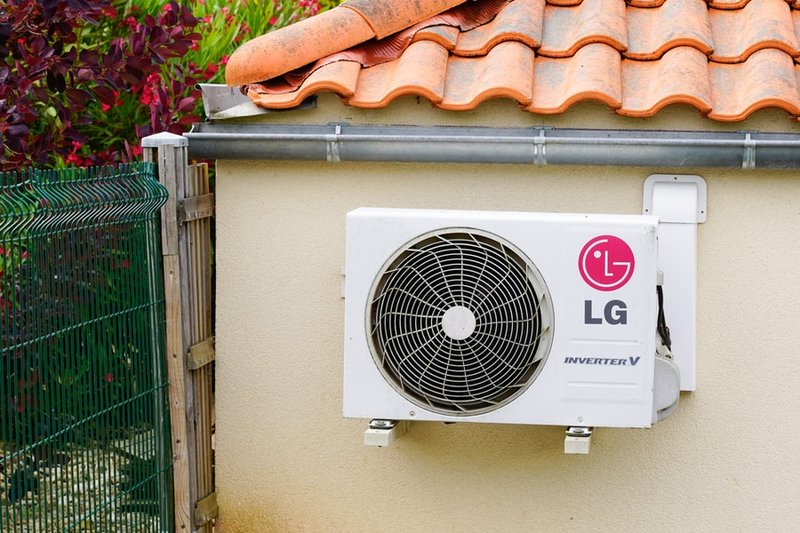
The “F1” error code can seem a bit like an unexpected pop quiz — it’s surprising, and you might not know all the answers right away. In simple terms, this code is an indicator from your air conditioner that something isn’t quite right internally, specifically with the unit’s inverter. An inverter is like the brain of your air conditioner; it controls the speed of the compressor motor to efficiently manage the room’s temperature. When the “F1” error pops up, it’s a signal that the air conditioner’s brain has detected a problem that needs addressing.
Understanding the “F1” Error Code
You might be wondering what exactly this “F1” error means in more detail. In technical terms, the “F1” code usually points to an issue with the inverter board or the communication between components. Think of it like a group of friends planning a party, but one friend is not receiving the messages properly — there’s bound to be confusion and missteps.
The inverter in your air conditioner is crucial because it ensures that the unit runs efficiently by adapting its speed and cooling output to maintain the desired room temperature. When the communication fails or the inverter malfunctions, the unit can’t adjust as it should, which can lead to inefficiency, higher energy usage, or even preventing the AC from cooling the space effectively. Hence, it’s not just a minor hiccup — it can affect the overall performance of your AC.
It’s important to note that while the air conditioner might still operate with this error code, it’s not advisable to ignore it for too long. Operating the AC in this state could potentially lead to further damage, kind of like driving a car with a flashing check engine light. It might still run, but underlying problems could be developing, leading to costlier repairs down the line.
Troubleshooting the “F1” Error Code
Now that we understand what this error code means, let’s talk about what you can do about it. First things first, if you spot the “F1” error code on your air conditioner’s display, don’t panic. Just like encountering a speed bump on the road, it’s something that needs attention, but it doesn’t mean the vehicle is broken beyond repair.
Start by resetting the air conditioner. This is akin to restarting your computer when it freezes. Turn off the air conditioner, unplug it from the power source, and wait for about 5-10 minutes before plugging it back in. This can sometimes resolve minor glitches. After plugging it back in, turn on the unit to check if the error code disappears.
If the error persists, the next step would be to consult the user manual for troubleshooting advice specific to your model. Sometimes, error codes correspond to very simple fixes, like ensuring that the AC filter is clean or that the vents are unobstructed. However, if these steps don’t work, it might be time to call in a professional technician. They have the tools and expertise to diagnose and rectify more complex issues that might be beyond a simple DIY fix.
When to Seek Professional Help
Let’s face it, while it’s great to tackle problems on your own, some things are better left to the experts, especially if you’re not familiar with the ins and outs of air conditioners. If you’ve tried resetting your unit and checking the manual to no avail, it’s a sign that a professional should step in.
Technicians can provide a more thorough inspection and pinpoint whether the issue lies with the inverter board, the wiring, or any other internal components. They’re kind of like detective solving a mystery — they’ll know exactly where to look and what to do to get your AC back to its optimal condition.
Lastly, remember that while it might be tempting to delay repairs hoping the issue will resolve itself, this could end up causing more harm than good. Since the inverter plays a critical role in the functionality of your AC, any prolonged issues could lead to inefficient cooling or increased energy bills — much like leaving a leaky faucet unchecked, resulting in higher water bills.
Preventing Future Issues
Once your air conditioner is back in working order, you might be wondering, “How can I prevent this from happening again?” A bit of regular maintenance can go a long way. Just like you service your car regularly to keep it running smoothly, your air conditioner needs similar attention.
Make it a habit to clean or replace the filters every couple of months. Dirty filters can block airflow and reduce efficiency, leading to potential issues with the inverter board or other components. Additionally, ensure the outdoor unit is clear of debris and has adequate space around it to function correctly.
Moreover, scheduling an annual maintenance check with a professional can be a wise investment. These routine check-ups can catch minor issues before they escalate into major problems, saving you from unexpected breakdowns or costly repairs in the future.
In conclusion, while the “F1” error code can be a bit daunting at first, it’s crucial to address it promptly to ensure the longevity and efficiency of your LG air conditioner. By understanding what the error means, taking initial troubleshooting steps, and knowing when to call in the experts, you can keep your home cool and comfortable without unnecessary stress.